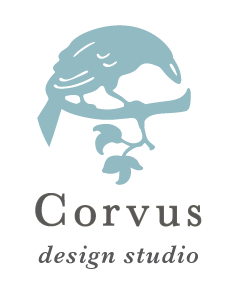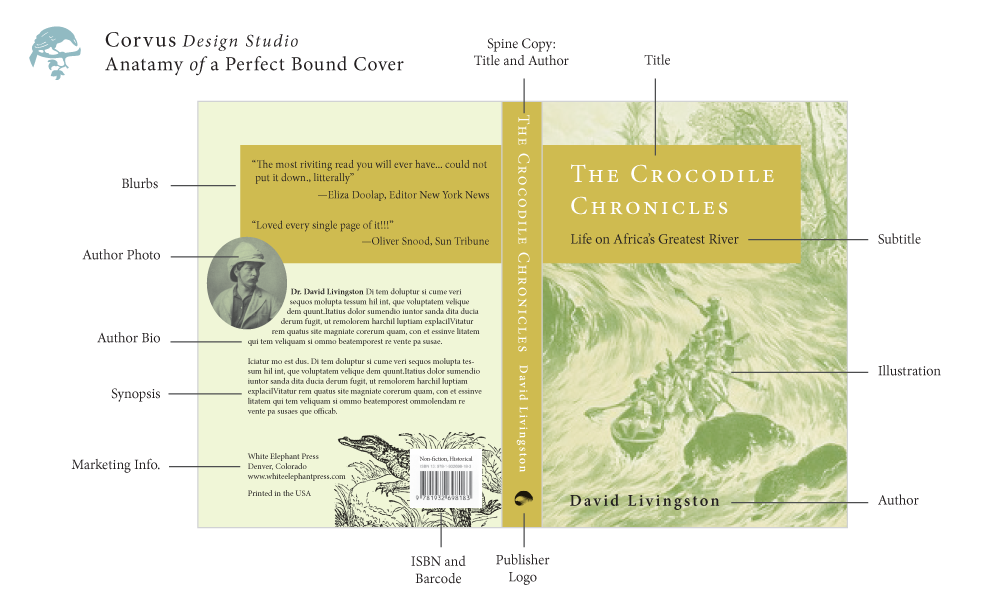Anatomy of a Perfect Bound Cover Design
The learning curve in publishing and cover design can be dizzying, add to it vocabulary, specs, and assorted other things you need for working with your printer, marketing folks, and designer and it’s simply stunning. I hope that the thing I post here may help just a little. This is a place to begin with a book cover, content that can go on just about any memoir, fiction, or non-fiction title. There are rules about what genre of books get certain typography, color, hierarchy of information, and formatting; i.e. if you have written a murder mystery, you want your book to look like a murder mystery a little research about what is on the shelf at your favorite book store can help, take a field trip and see how things stack up.
Make a list of things you need, your manuscript is #1–of course–there are dozens of little additions for placement on and in a successful book.
When you are getting ready to do the design consider the following, most books are printed perfect bound (without flaps; more on flaps later), also sometime called a paperback, which means that the cover is thick cover weight paper and the pages (also called signatures: which are bundles of 8 pages) are glued directly in to the cover (you can download a pdf of this file HERE):


